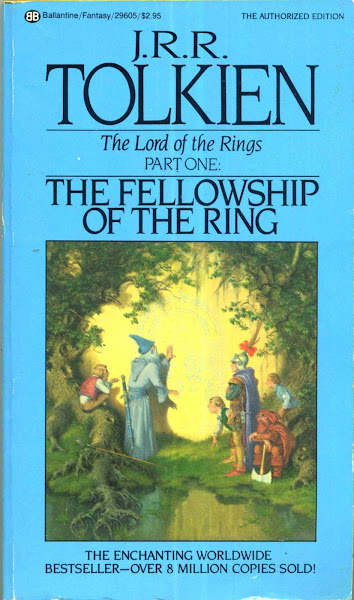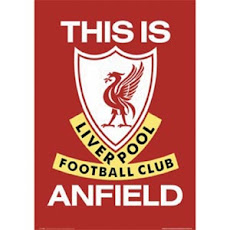This appears on the Monday August 24, 2015 edition of the Business Mirror.
I wrote this Sunday morning so this contains no evaluation of the draft picks. That's for another column.
Post-PBA
Draft Day musings
by rick olivares
It’s the day after the 2015 PBA Draft.
Some of the players called to the podium will have instant jobs while others
will have to fight for them. The hope of Draft Day will quickly dissipate as
they are either traded, asked to be practice players, or even released sending
them back to the D-League.
Having watched the draft through the
decades, I cannot completely say that the selection process is logical or even
rational. Some are made because of trades. Yet at times, it’s puzzling and
obviously political. Obviously, some favors have to be repaid.
Yet even those who are drafted, their
PBA career is in constant flux with the rise and fall of their confidence. Many
of these players were stars with their college or semi-pro clubs. Come PBA,
some have to reinvent their game to suit their ballclub’s needs while others
become wholly bench players. “It’s a constant battle,” admitted one player who
was selected in the 2014 draft. “Not only for survival but also with your
confidence. Some teams have small rotations and you aren’t given a chance. Then
you have to worry about being released.”
One player from an NCAA school was a
noted gunner yet when drafted was too small to play the shooting guard position
and was asked instead to run the point of which he disagreed wasn’t his best
suit. His inability to adjust or even conversely, the wrong use of his talents
soon forced him out of the league. He lost his confidence and became upset.
Nowadays, he doesn’t play basketball anymore and is doing something else.
Now pay attention here, athletes,
because this is why an education is important.
Nevertheless, there’s so much talent
out there it is a shame that many are never given a chance. Especially when you
consider some of these players who are over the hill yet are still on team
rosters. I am not saying that they should be cut because everyone needs to earn
a living. All I am postulating is that it is a bloody shame that many others
are never even given a chance.
It is tough for others who toil in
anonymity, meaning playing for small schools and programs that do not get
exposure. You see some players who are drafted way ahead of others who are more
deserving. They were merely selected because they had powerful backers or
agents who care only for their piece of the pie.
And then one is lucky if he goes to a
team and a coach who will give him minutes. A couple of the coaches, and those
who have won titles, are notorious for not playing rookies.
Right now there are 12 teams but in my
opinion, it is still below the optimum number of squads. Ideally there should
be 16 then now you can have two divisions. Will it dilute talent? Not really,
expansion clubs will feel the crunch at first but that is because they are
getting their feet wet.
Having said that there is the business
side to consider.
I know that attendance is down and
ratings are said to be more or less where it was the previous year.
There are possible explanations to
that. Not in particular order are the traffic situation, more choices available
to the paying public, playing everyday, and the probable lack of promoting the
newer players.
Let me elucidate.
The traffic situation is
self-explanatory. Who
wants to wade through the weekday traffic that is even worse than ever? Even on
Sundays, you don’t have any respite. Why bother?
More choices. When I was growing up, the PBA
was the only game in town. The UAAP was not the powerhouse it is today. There
wasn’t cable television or even the internet. There were hardly any malls in
the metropolis. So people stayed home to watch. Now you have people who prefer
only the college game citing the purity of it which is of course, a lot of bunk
especially now. Volleyball has become more popular as a spectator and
participation sport and you have two leagues. Football, although it has
plateaued, has its small but rabid audience (it is a shame though that more
people watch the English Premier League that the local UFL).
And the aforementioned are just the
major sports. There are numerous malls and people spend a lot of time online
(really, social media capital of the world and we are proud of that).
During game days, go outside the Big
Dome or the Arena and you’ll find a lot of people eating at the night markets
or watching the game at a nearby watering hole. I used to live in the Cubao
area and I recall when Ginebra would play, say San Miguel, the streets would be
empty. Now, well, there is an population explosion too.
PBA games six days a week? I know this is done to
accommodate the international schedule (and it is the right thing) but
eventually there was fatigue. Maybe going back to the two conference format
might be a consideration. But let’s leave that to the league to decide.
The lack of promoting the newer
players. There is
this theory that several of us in media agree on, that years ago, one reason
why the college game had more advertising and had increased in popularity was
because the kids who grew up following their school teams became brand managers
and media planners. Stands to reason they will place their ads supporting their
college league. When many of their school players began going up to the pros
they began to follow the PBA.
I think the PBA has to admit that they
too are the ultimate beneficiary of the colleges that produce these players.
Why not do tactical ads, school-based ones, where you show their alumni in
their pro outfits and advertise in their school papers or websites, or even
place a streamer on their campuses? You want the kids following the pro league
not just old folks like me. Why not do regional based ads where you feature
their hometown heroes?
I love the innovation regarding Asian
imports. I know former Commissioner Noli Eala first proposed this back in 2005
although the difference is not as a second import but as an alternative to
American reinforcements. Former PBA Chairman Patrick Gregorio revived and
successfully implemented the Asian import although as a second player. The
foreign communities here are also an untapped market. It was nice to see
Koreans based in the Philippines to follow their compatriot’s fortunes in the
last Governors’ Cup.
Heck, it’s a lot of work but no one
ever said it is easy. But I think it is well worth the consideration and
attention. After all, there are a lot of livelihoods at stake here.
Not only the people who directly work
with the league and the teams but Including those rookie hopefuls.









No comments:
Post a Comment